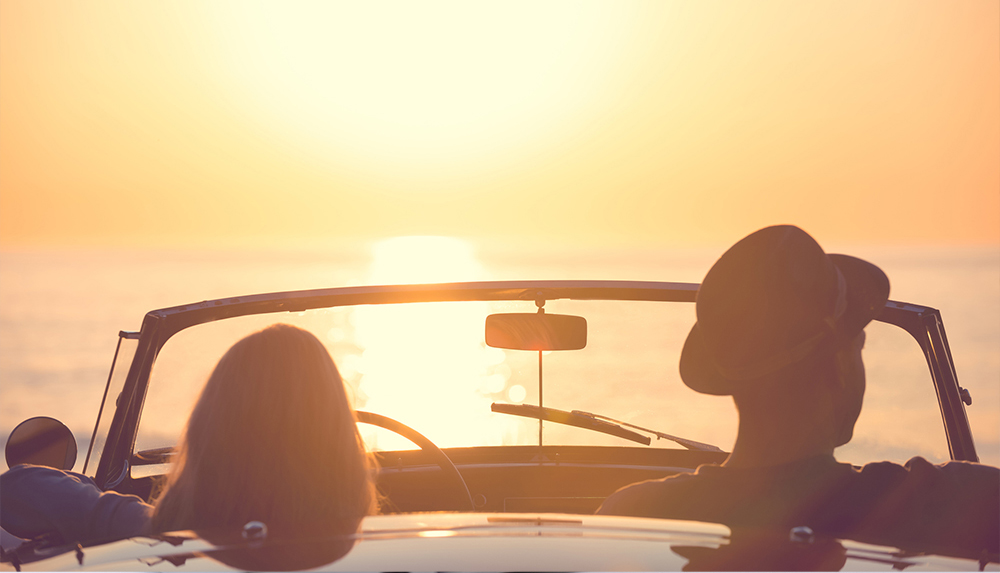Your NYSLRS pension will provide you with a monthly benefit for the rest of your life. When you apply for retirement, you’ll have the option to choose the maximum amount payable or a reduced benefit in exchange for possibly continuing payments to a beneficiary upon your death. There’s a lot to consider when choosing a pension payment option, so let’s break this down using an example.

Meet Jane
Jane plans to retire soon and considers whether she should leave a continuing benefit to her husband or grandchildren.
No Beneficiaries
The Single Life Allowance option would provide the maximum monthly benefit payment, but all payments will stop when Jane dies, and nothing will be paid to a beneficiary.
Multiple Beneficiaries, Limited Benefit
For Jane to name both of her grandchildren as beneficiaries, she would have to select either the Five Year Certain or Ten Year Certain option—these pension payment options provide a limited benefit for multiple beneficiaries and wouldn’t reduce her pension much. If Jane dies within five or ten years of retirement, depending on which option she chooses, Jane’s grandchildren would split her pension benefit for the remainder of the five- or ten-year period. However, if Jane lives beyond the five- or ten-year period, her grandchildren would not receive a pension benefit when she dies. (Note: Jane could select one of these options and name just one beneficiary, for example, her husband instead of her grandchildren.)
Single Beneficiary, Lifetime Benefit
Jane’s husband doesn’t have his own pension, so she also considers pension payment options providing a lifetime benefit for a single beneficiary. Under the Joint Allowance — Full or Joint Allowance — Half options, Jane’s husband would receive all or half of her reduced benefit for life, depending on which option she chooses. The same goes for the Pop-Up/Joint Allowance — Full or Pop-Up/Joint Allowance — Half options. While these “pop-up” options reduce the pension a little more, they provide added security—if Jane outlives her husband, her monthly payment will increase to the maximum amount as if she selected the Single Life Allowance option at retirement.
Pension payment amounts are based on the birth dates of both the retiree and their beneficiary. So, if Jane chose one of these options and named one of her grandchildren as her beneficiary, her pension would be much lower than the amounts listed in the graphic.
Things to Consider
As you plan for your own retirement and think about whether to leave a continuing benefit for a beneficiary, you may want to consider both your spouse’s and your:
- Financial needs (for instance, whether you have a mortgage, unpaid loans or other monthly payments).
- Other sources of retirement income (for example, Social Security or savings).
- Options for continuing benefits (for example, whether your retirement plan includes a death benefit or if you have life insurance).
- Age and health at retirement.
It’s also important to understand whether you can change your beneficiary after you retire. Life circumstances can sometimes change, and if you choose a pension payment option that provides a lifetime benefit, you cannot change your beneficiary.
Find your NYSLRS retirement plan publication to learn more about pension payment options and how your pension will be calculated. You can also estimate your pension using Retirement Online, and enter different retirement dates and beneficiary birth dates to see how those choices would affect your benefit. When you’re done, print your pension estimate or save it for future reference.




















